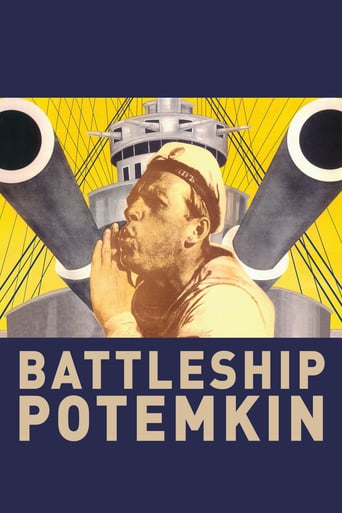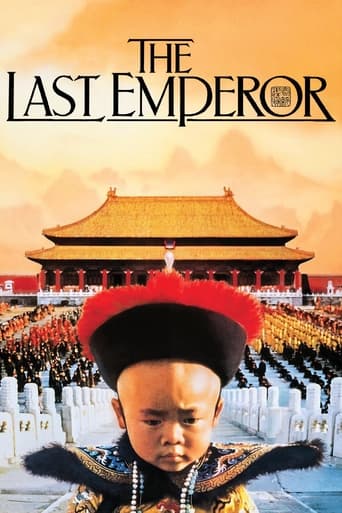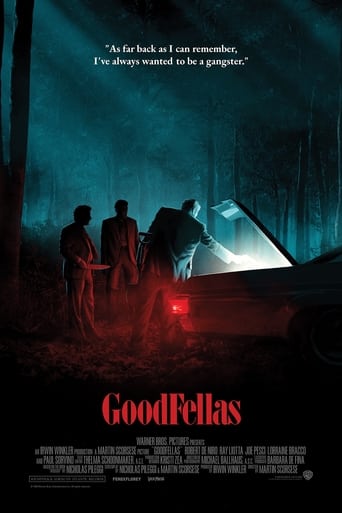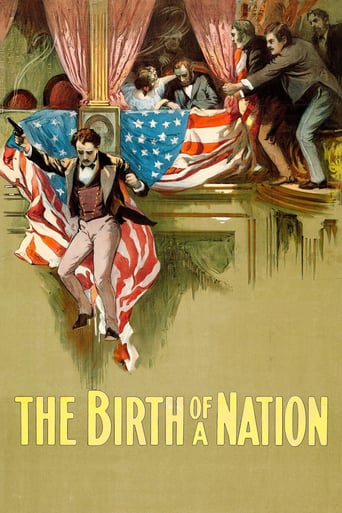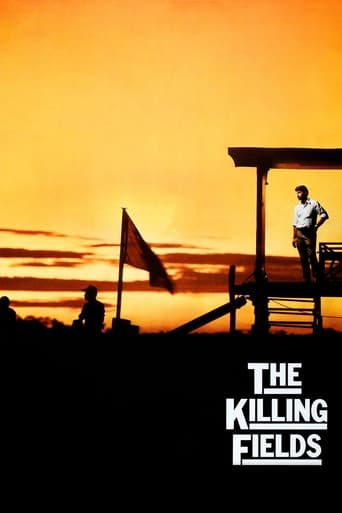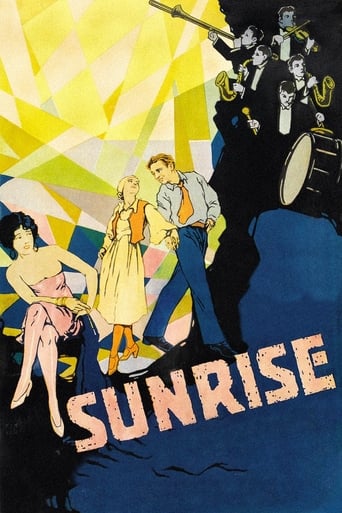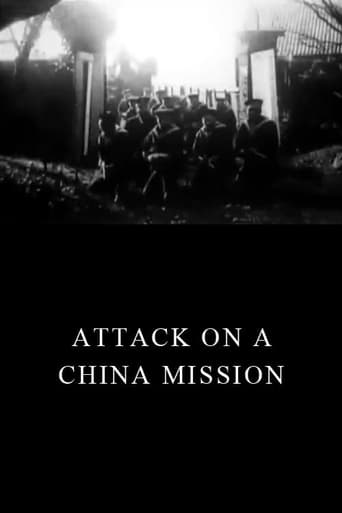
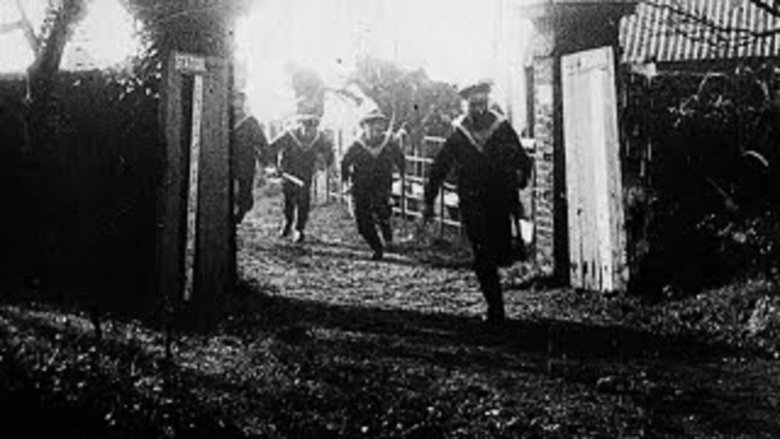
Attack on a China Mission (1900)
The titles tell us this film is based on an incident in the Boxer Rebellion. A man tries to defend a woman and a large house against Chinese attackers. They attack with swords, guns, and paddles. He's over-matched. What will become of the mission, its defenders, and its occupants?
Watch Trailer
Cast
Similar titles

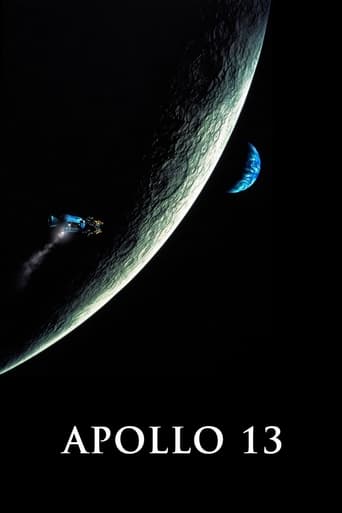
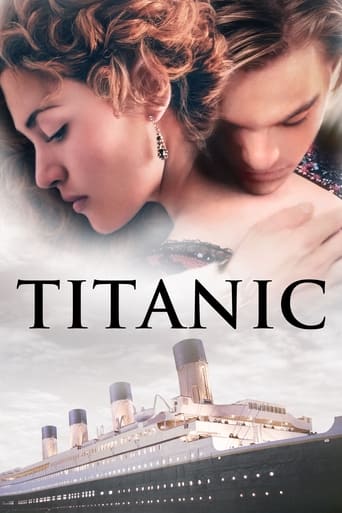
Reviews
Very interesting film. Was caught on the premise when seeing the trailer but unsure as to what the outcome would be for the showing. As it turns out, it was a very good film.
Entertaining from beginning to end, it maintains the spirit of the franchise while establishing it's own seal with a fun cast
Blistering performances.
By the time the dramatic fireworks start popping off, each one feels earned.
This early Williamson film is, for its time, quite advanced as it displays a rather exciting drama (with some violence to boot!) and apparently uses 4 scenes. You don't see a lot of that in 1900 films! (The reason I say 'apparently' is because a fragment of Williamson's film survives. Actually two fragmented versions do: One shows the attack part while the other displays a fragment of each of the 4 scenes. The attack fragment is on Kino's "Movies Begin" set).I don't know much about the Boxer Rebellion, but it appears the film is about a missionary's home being attacked, but luckily some sailors (well, they looked like sailors!) come to rescue the home. There's shooting and bloodshed and several corpses lying around and for 1900 this one's quite sophisticated. Most films in 1900 were very dull and were only a minute; this short film originally ran 4 minutes, for its time that was long! If you want to see this one check out the version on YouTube, because that's the one that shows parts of all 4 scenes, so that one gives us an idea of how the original was.
It should first be made clear that "Attack on a China Mission" is not known to exist in its entirety today. As the British Film Institute (BFI) says, just under half of it survives. Originally, it was 230 feet and, reportedly, around 4 minutes, which was comparatively long at a time when most pictures were a single shot-scene lasting about a minute. Additionally, two different prints, or versions, have been made available on DVD and neither of these is as complete as the one the BFI has on its website (with limited access, by the way). "Attack on a China Mission" was a four-shot film, and the website version includes all four shots, although in shortened forms. The version available on Kino's "Movies Begin" and the BFI's "Primitives and Pioneers" (the version most of the previous comments seem to be based on) is only the second shot of the film. A three-shot version (the final shot is missing) is shown in the "Silent Britain" program.Historian John Barnes ("The Beginnings of the Cinema in England") said, "This is one of the key films in the history of the cinema and has the most fully developed narrative of any film made in England up to that time." From my studies of early film, it appears that at the close of 1900, the two most innovative places in development of narrative film were in Georges Méliès's studio and in England (that is, filmmakers R.W. Paul, G.A. Smith and, with this film, James Williamson). Méliès, however, hadn't explored continuity of shots within scenes, although he made some of the earliest multi-scene subjects, including "Cinderella", "The Dreyfus Affair" (both 1899) and "Joan of Arc" (1900). It seems that continuity of multiple shots within scenes was invented in England--at least in respect to fictional subjects. Paul's "Come Along Do!" (1898) is the earliest two-shot fiction film that I know of to feature action continuing across spatially separate locations and camera viewpoints. In 1900, Smith produced "As Seen Through a Telescope" and "Grandma's Reading Glass", both films of which contain insert close-ups within an outer establishing shot. Williamson's film here may be even more advanced.The first shot of "Attack on a China Mission" shows the Chinese "boxers" breaking through a gate, which has a sign "Mission Station" printed on it. Some of them crouch and shoot before proceeding farther. The camera position is from outside the gate, which shows their backs.The second shot is of the mission house--showing the missionaries reacting and preparing for a fight: the male gets guns, and the women hide inside. The second shot ends with the male missionary wrestling with a boxer and a woman waving a handkerchief from a balcony. As with all the camera positions, it's a stationary long shot staged in depth. (The supposed white-haired, mustached Chinaman who wrestles with the missionary and does some sword waving turns briefly towards the camera for a frontal view at the beginning of the shot, revealing that he is clearly not Chinese. Probably none of the actors were.)Shot three is, again, of the front gate, but, this time, it's a reverse angle take of the film's first shot. Thus, we're now inside the gate, and the camera shows the front sides of the bluejackets (really, some local sailors) as they come to rescue the missionaries. Some of them also crouch and shoot before proceeding farther.The final shot is a continuation of the second shot from the same camera position. The bluejackets save the day, including an officer escaping with a female missionary by horseback.There seems to be no documented indication that Williamson meant to mislead viewers to thinking this was actuality (or documentary) footage of the real Boxer Rebellion (extant catalogue descriptions that I've seen make no mention of it being staged or not). Moreover, Barnes cites Méliès's 11-scene "The Dreyfus Affair", which also recreated scenes from contemporary news, as an influence on Williamson making this. Today, at least, it's clear that Williamson staged this production in Hove, England. It also doesn't appear to be based on any particular real incident of the Boxer Rebellion. A further note: this film shouldn't be confused with a Mitchell & Kenyon production and Wrench & Son distributed film, which is sometimes listed by the same or similar title and the same year as this separate Williamson film. That film isn't as of much historical importance, being shorter and probably only a single shot; it's also probably lost.Besides being an early multi-shot film and one to feature continuous action across shots, Williamson's "Attack on a China Mission" is possibly the first film to feature a reverse-angle shot and brief crosscutting (the continuity being: A / B / reverse-angle of A / B). Additionally, the production values are somewhat elaborate for 1900, with a couple dozen actors, costumes and weapons, and a good amount of smoke from fake gunfire. This is a milestone in cinema history.
I watched this film on a DVD that was rammed with short films from the period. I didn't watch all of them as the main problem with these type of things that their value is more in their historical novelty value rather than entertainment. So to watch them you do need to be put in the correct context so that you can keep this in mind and not watch it with modern eyes. With the Primitives & Pioneers DVD collection though you get nothing to help you out, literally the films are played one after the other (the main menu option is "play all") for several hours. With this it is hard to understand their relevance and as an educational tool it falls down as it leaves the viewer to fend for themselves, which I'm sure is fine for some viewers but certainly not the majority. What it means is that the DVD saves you searching the web for the films individually by putting them all in one place but that's about it.This film recreates a scene for the audience and I for one am willing to forgive it for clearly not being made anywhere other than England and certainly not China! That aside then I was looking for something that would be considered "epic" for 1900 but sadly this is not it. The pyrotechnics are something I supposed (well, smoke and powder) but it is all too stagy and stiff with nothing in the way of flow coming out in the edit. OK it was 1900 but I have seen films of the period do better than this with less.Interesting for what it is but there are more important and impressive films out there from the very same period.
In 1900, it would have been pretty ambitious to tell a fairly involved story like this in a short motion picture. It's hard to evaluate "Attack on a China Mission", in part because it tries to do more than it accomplishes, and in part because portions of the complete film seem not to have been preserved. (And what is preserved also shows definite signs of physical deterioration.)The story is set in the Boxer Rebellion, which would still have been fresh in the public's mind at the time this movie was made. Otherwise, it would be hard or impossible to determine the context of events or the motivations of the characters from the film alone. There is plenty of action, and some good camera shots of it as well, although the course of events is sometimes a little chaotic. Still, it does tell a complete story, as far as it goes.Given the limited resources and techniques then available, telling a story like this was an enterprising idea. Most of the other Williamson films of the era are of good quality, and it seems likely that this one might also have been a good one in its original or complete form. What survives of it is flawed, but still somewhat interesting.
